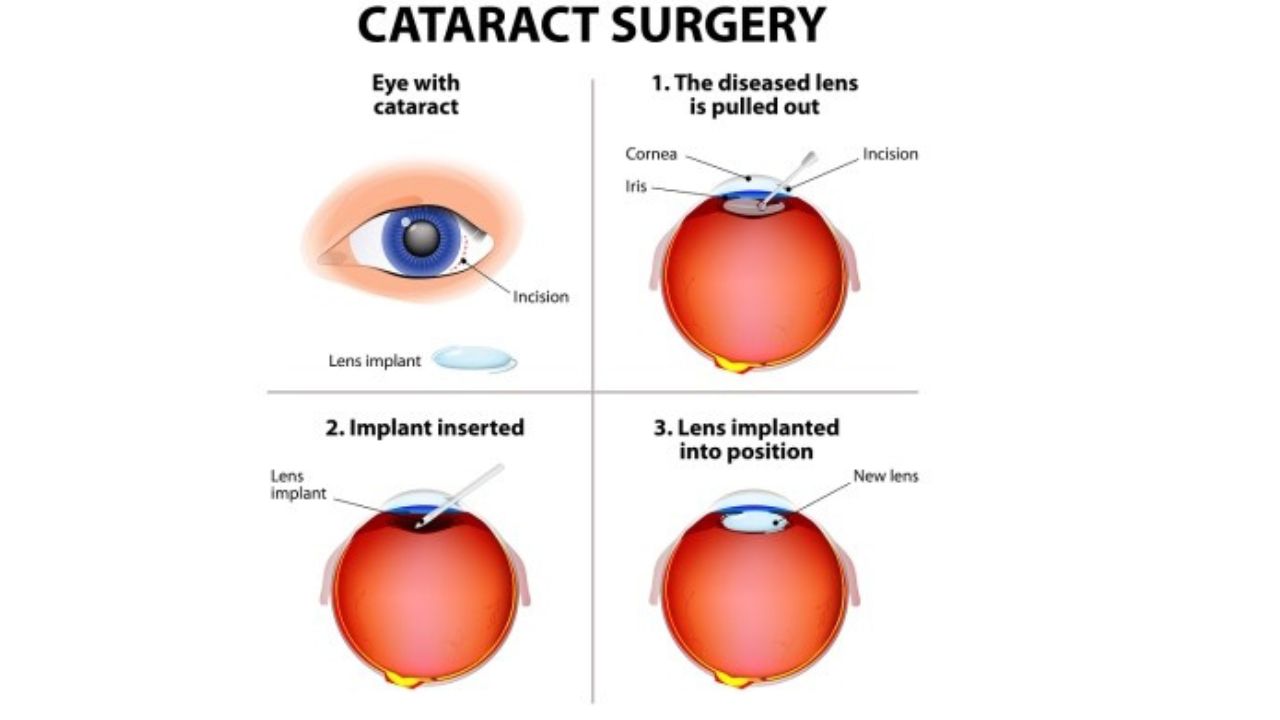Cataract Treatment in India: An Overview
Cataract surgery is the only definitive treatment for cataracts. In the past, patients were advised to wait until their cataracts matured before undergoing surgery. However, advancements in technology have made it possible to perform surgery as soon as vision deteriorates to the point where it interferes with daily activities. Early or even urgent surgery may be necessary in cases where complications or risks are present. It’s crucial to follow the advice of an eye surgeon to determine the best timing for the procedure.
There are several recognized methods for cataract surgery, including:
- Phacoemulsification with Foldable Intra-Ocular Lens (IOL): This is a minimally invasive surgery where the cataract is emulsified using high-frequency sound waves and then aspirated out. A foldable IOL is then implanted through a small incision, offering quicker recovery and reduced post-operative complications.
- Small Incision Cataract Surgery (SICS) with IOL Implantation: In SICS, the cataract is removed through a small incision, and an IOL is implanted. This method is often used for more complicated cases and provides good visual outcomes with minimal recovery time.
- Conventional Surgery (Extracapsular Cataract Extraction – ECCE): Once a common practice, this method has now been largely replaced by more advanced techniques due to its higher risks and longer recovery time.
What is a Cataract?
A cataract occurs when proteins in the lens of the eye clump together, causing cloudiness that obstructs light from passing through clearly to the retina. Over time, this cloudiness can grow, leading to a significant decrease in vision. While the exact cause of cataracts is not fully understood, factors such as aging, diabetes, smoking, and exposure to ultraviolet light are believed to contribute to their development.
Types of Cataracts:
- Age-Related Cataracts: The most common type, developing as part of the natural aging process.
- Congenital Cataracts: Some babies are born with cataracts or develop them in childhood.
- Secondary Cataracts: These can develop as a result of other medical conditions like diabetes or from prolonged use of certain medications such as steroids.
- Traumatic Cataracts: These may occur months or years after an eye injury.
Post-Surgery Considerations:
After cataract surgery, most patients can go home the same day. Mild discomfort, itching, or sticky eyelids are common but typically subside within a few days. Full recovery usually takes about four weeks. It’s essential to follow post-operative care instructions closely to minimize the risk of complications such as infection, increased intraocular pressure, or retinal detachment.
Prevention and Awareness:
Regular eye check-ups, especially after the age of 50, are crucial for early detection and treatment of cataracts. Wearing UV-protective sunglasses may help in preventing cataracts by reducing exposure to harmful ultraviolet light.
India is renowned for offering high-quality cataract surgery at affordable prices. With advanced medical facilities and skilled surgeons, patients can expect excellent outcomes and a quick return to normal activities. This comprehensive guide to cataract treatment in India provides valuable information for those seeking the best care for their vision.





